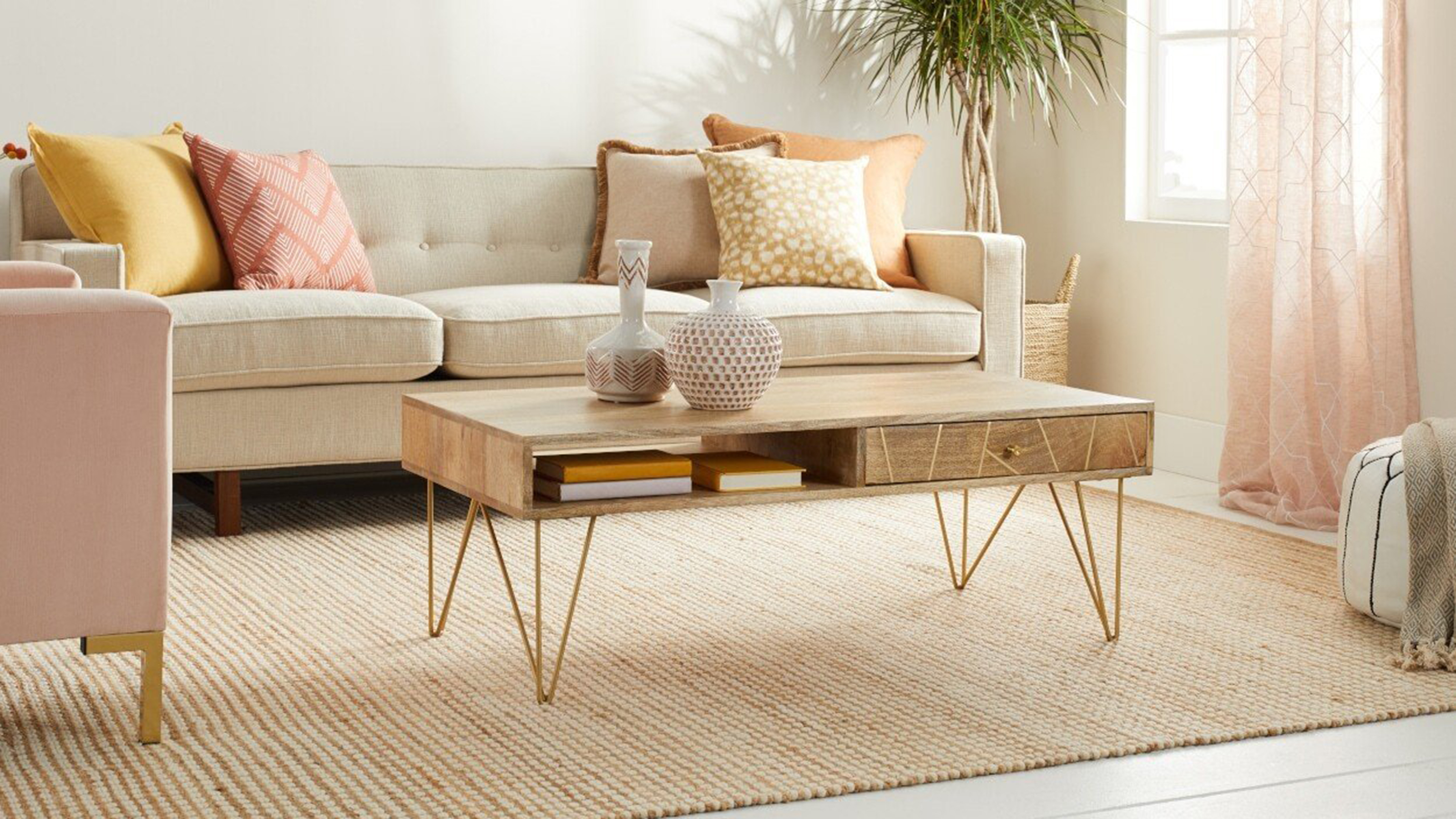
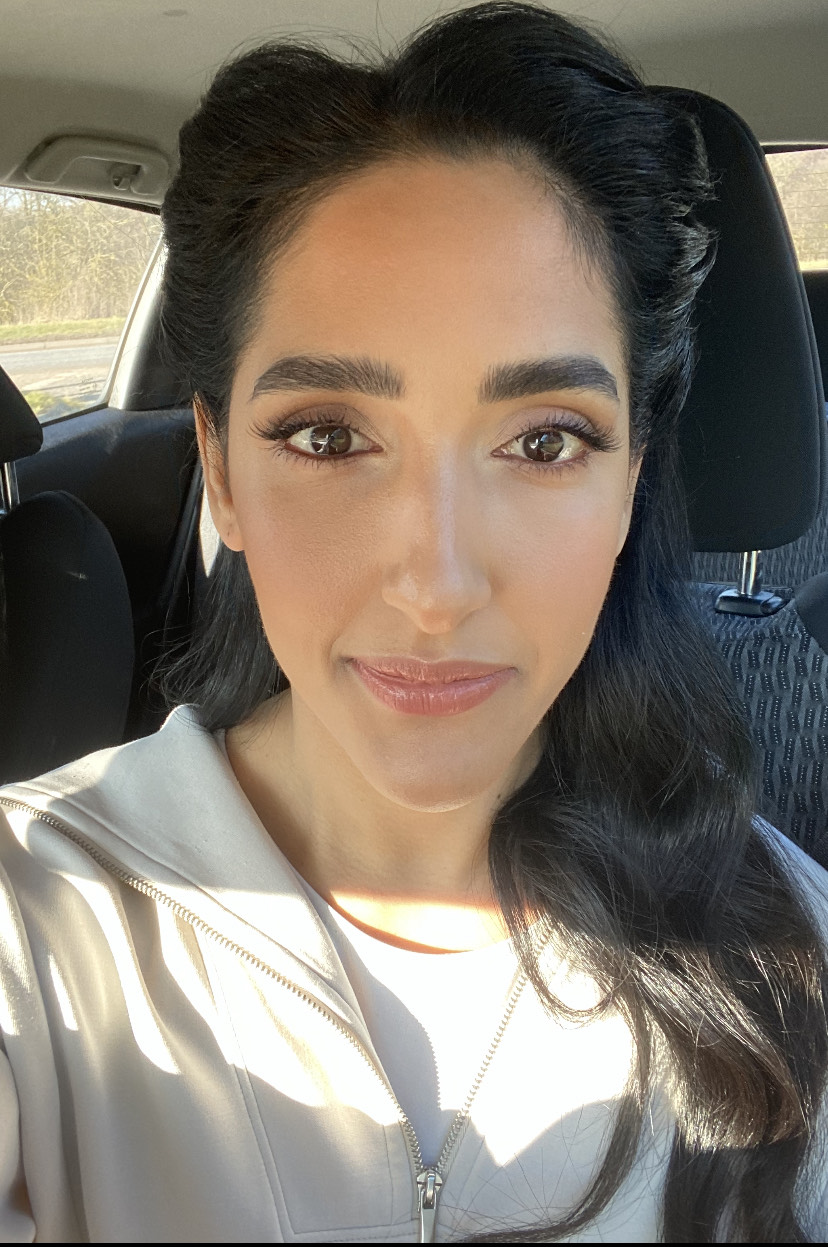
'How big should a coffee table be?' is the question that's on everyone's lips (slash something that a lot of us are tapping away into our search engines) recently. And, the answer is that it depends on a lot of variables in your living room.
You already know that coffee tables aren't made to be the same size. Some cute pieces are on the petite side, other wow-factor furniture comes wide, and many tables we love are long. But there is a science to styling a coffee table in your lounge.
We posed the question 'How big should my coffee table be?' to the professionals, who were able to give some darn good (universal) advice to suit all spaces - little and large.
They honed in on a number of important factors which might sway your decision on which table you choose to place in your sitting room, taking into account your living room layout, your existing furniture, and how you use this social space.
How big should a coffee table be?
'We’ve all been there. You just bought a great sofa, and now it’s time to choose the best coffee table to match it and best maximize your space. How do you decide what size coffee table to buy? This can be a difficult task, especially if you’re working with a small space,' says resident designer Kyle Schuneman, APT2B
'If you choose one that’s too big, you’ll overwhelm your space. If you choose one that’s too small – especially in relation to your sofa – your room will look unbalanced.'
Tools you'll need to decide on your coffee table size
'Your coffee table should be proportional to the couch it's paired with and the size of the room it's in. Usually, coffee tables are purchased after seating and other furniture, so if you have a tape measure and a calculator, it's easy to figure out the exact size you'll need your table to be.' says Amber Dunford, lead stylist at Overstock.com.
Consider the height of your coffee table
When asking yourself how big a coffee table should be, you should take into account how tall it can be. After all, you don't want it to block the view of TV. And, on the flip side, you don't want it to be so short you have to assume a deep squat to simply pop your coffee down or your coffee table decor is out of eyesight. So what is the magic rule for making your coffee table function for you?
'Your coffee table should be 1-2 inches shorter than the height of your sofa’s seat cushions,' says Schuneman.
'This is especially important if you like to kick up your feet. It also helps create a proper, unobstructed eye-line when you’re sitting on the sofa, and allows you to comfortably grab snacks and other items from the coffee table. This is the most important measurement when choosing the right size table, so take a look at table heights first.'
Of course, if you're planning on using your coffee table as a dining table, then you might want to go a little higher. Or, you could invest in a lift-top coffee table for the best of both worlds.
Review the width of your coffee table
'The ideal coffee table is two-thirds the width of your sofa. If you have a sectional sofa with a chaise, then the table should be two-thirds the size of the sofa portion only. This creates a balanced look in the room.' says Schuneman.
'If you have a sectional sofa with a chaise, we recommend that the coffee table does not stick out into the room farther than the chaise. Otherwise, the general rule of thumb is that the size of the room determines the depth of the coffee table. If you have a narrow room, choose a table that is not very deep. If you have a larger living room, you can choose a larger, square table or even a round coffee table.'
How to determine the right depth
'The depth of your coffee table should be narrow enough to leave at least 30 inches between the outer edge of the table and the next barrier, such as your TV stand or fireplace.' explains Dunford.
'This distance may be greater in a larger living room where you have more space to work with. If you have additional seating on the opposite side of the table, just make sure there’s enough room for an adult to comfortably walk between the two,'
'To find the perfect table depth for a small living room, measure the distance between the edge of your couch and your TV stand, fireplace, or extra seating. Subtract 30 inches from that measurement. Then subtract the space you want to leave between the couch and the inner edge of the table (refer to the next section for perfect coffee table placement). The remaining measurement is the ideal depth for your new coffee table. For larger living rooms, just keep in mind the 30-inch minimum rule.'
'If you have to leave a little less space on either side of the table than is recommended here, that should be fine as long as you can still easily walk through the room. Of course, you should also consider how much surface area is enough for everything you intend to place on the table.'
And, if you're looking for more little lounge inspo, we've got load more advice on how to choose furniture for a small living room.
Other ways to choose the correct coffee table size
Of course, if you don't have a tape measure to hand, or don't want to do the maths, there are easier, much simpler ways to work out whether a particular coffee table works in your living room layout.
'If your legs bump against the table when you sit, the space is too narrow. If you have to strain to reach items on the table, it’s too large. The shape and style of your coffee table will also determine its bulk.' says Dunford.
How to position your coffee table with your furniture
'The distance from the front of the sofa to the coffee table should be between 12 and 18 inches. Fifteen inches is usually a comfortable distance for walking and for sitting.' says Schuneman.
'Any closer, and it can start to feel tight. Any further, and you won’t be able to comfortably reach it when enjoying a snack or finding the remote. Position the table in the middle of the sofa, so that there’s equal space on each side of the table.
'This also guarantees you’ll be able to move around the table without having to do a side shuffle. You’ll want unimpeded pathways between the TV and the table. Otherwise, the space will feel incredibly cramped and crowded. It’s a total feng shui killer.'
'Consider your space, and ensure there’s enough room for comfortable foot traffic for you and your guests. We recommend leaving about 30 inches of space between your coffee table and other pieces of furniture, such as your media stand. Remember, not all coffee tables are rectangular. Think outside the box. Often, a square, oblong, or circular table best fits the space you have to work with.'
Of course, the rules differ if you have a storage coffee table. In this case, you'll need to ensure you can reach your storage without banging the doors on your sofa.
Choose the right size for your living room aesthetic
To create a cohesive space that has a good flow, you'll ideally want to choose an aptly-sized table to match the look of your living room. Modern coffee tables look great in contemporary schemes and design-led pieces can create a real focal point, particularly in neutrally-decorated rooms.
'Before shopping for a coffee table, it will help to capture a head-on photo of your current living room so you can consider the proportion of the table relative to its surroundings.' says Hina Khan, senior content marketing manager at Society6.
'If you have a modern aesthetic, you’ll likely want a smaller coffee table to balance the room, whereas if you have more traditional pieces, you may gravitate towards larger tables.'
Choose the right shape coffee table for your space
'Consider shape when choosing a new coffee table. Instead of defaulting to a classic rectangular coffee table, think about how a square coffee table, round coffee table, or oblong coffee table might better complement your space.' says Nadia McCowan-Hill, resident stylist at Wayfair
'Rectangular tables pair well with longer couches. If your room has a lot of soft lines, consider breaking them up with a rectangular coffee table. A round shape works with shorter sofas and more condensed seating arrangements since long sofas tend to make round coffee tables look small. They are a good option if you have small children or pets as there are no sharp corners to bump into.'
'If conventional isn’t your style, free-form coffee tables are for you. Geometric styles, like triangular, hexagonal, and half-circle modern coffee tables would look good in a funky yet casual setting. If you choose a more abstract shape, your everyday coffee table can fit in your space like a sculpture or a work of art. We recommend a free-form style if your living area has a modern, sophisticated look.'
Decide what you'll use your coffee table for
As well as asking yourself the question 'How big should my coffee table be?' another thing you might want to think about is the primary purpose or function your coffee table will have. While a gold coffee table is an idyllic choice to showcase modern coffee table decor, a black coffee table might be a smart option to double up as a WFH desk.
'If you want a surface to work at, go for a higher table that can accommodate your laptop or books. If you want to create a more relaxed and casual look, go for something lower as a spot for you to place your cup of coffee and snacks.' says Jess Contomichalos, stylist at Danetti.
Additional considerations to take into account
As we know, not all coffee tables are equal. Some handy features may mean that we throw the 'rule book' in the bin and go off-piste from what some of the pros have mentioned above.
For example: if a coffee table doubles up as a storage unit or desk (like a lift-top coffee table) you might be persuaded to invest in something larger. Similarly, McCowan-Hill shares other features which may influence your purchasing decision:
- Storage space: Organizational features like drawers, bins, and shelves are ideal for storing magazines, pillows, blankets, remotes, and anything else to help keep your living room clutter-free.
- Trunk: Trunk coffee tables can come in many shapes, but are usually rectangle-shaped. Their defining feature is a lidded top, like a traditional suitcase trunk. The lid opens to reveal a hollow inside, perfect for storing throws or toys.
- Mirrored: Just like wall mirrors, mirrored and glass coffee tables provide the illusion of a larger space. If you’re looking to open up a busy environment, a mirrored coffee table might be the one for you.
- Tray Top: A tray-top coffee table is ideal for serving snacks or drinks. Its tabletop is made of one or more removable trays.
- Lift Top: This type of coffee table features a moveable tabletop that can be raised from cocktail to dining table height. When not in use, the tabletop can be lowered back to coffee table height.
- Nesting tables: Nesting tables can come in any shape, but refer to a group of two or more tables that get progressively smaller and all fit under the largest table for storage when not in use. You may want to invest in a small set rather than one big coffee table.
Measuring and determining the right coffee table size
'The wrong size coffee table has the potential to make the proportions of your furniture look off. To measure for success, grab your measuring tape and follow these steps,' says Mike Vermillion, senior buyer at Hayneedle (A Walmart company).
- Measure from the floor to the top of the sofa or chair cushion.
- Measure the length of the sofa, chair, or seating grouping.
- Choose a coffee table with a height that’s no more than two inches lower than the top of the chair or sofa cushion. The coffee table’s length should be roughly two-thirds of the length of the sofa.
'A coffee table should be among the last major pieces of furniture you choose for your living area as this will make figuring out what size coffee table you need for your space much easier. While you’re shopping for a coffee table, keep height and length in mind along with the overall size of your room to avoid overcrowding, overwhelming, or underwhelming your space,'
'Coffee tables come in an endless number of sizes, from small, apartment-sized coffee tables to double-decker, multi-functional masterpieces. It’s important to consider the size of your room, as well as the sizes of surrounding items when shopping for a new coffee table.'
What size is the best coffee table?
One guaranteed way to ensure you get the perfect size coffee table for your space is to create a DIY coffee table. By building your furniture from scratch with a do-it-yourself approach, you can pick out correctly-sized components (or cut them to size) to ensure they won't swamp your sitting room.
But, if you aren't a dab hand at DIY, or simply don't have the time for a weekend project, it's good to manage your expectations so that you know what's available 'off the shelf'. Put simply, how small is 'small', and what do retailers classify as 'large'?
'When investing in a new coffee table, look for a piece that’s large enough to give you plenty of useful space but small enough that it doesn’t dominate your seating area,' says Shante Lee, head of design, Castlery.
'Small coffee tables vary in size from as little as 19" in width to as much as 44". As small coffee tables come in a range of shapes, it should be easy to find a piece that suits your living room perfectly.'
A large coffee table can be the anchor that your living room needs, providing a focal point as well as serving a number of practical purposes. If you have a large living area to fill, a table that is too small will look dwarfed and out of place. So, choose measurements that reflect your living area.'
Join our newsletter
Get small space home decor ideas, celeb inspiration, DIY tips and more, straight to your inbox!

Hi, I'm the former acting head ecommerce editor at Real Homes. Prior to working for the Future plc family, I've worked on a number of consumer events including the Ideal Home Show, Grand Designs Live, and Good Homes Magazine. With a first class degree from Keele University, and a plethora of experience in digital marketing, editorial, and social media, I have an eye for what should be in your shopping basket and have gone through the internal customer advisor accreditation process.
-
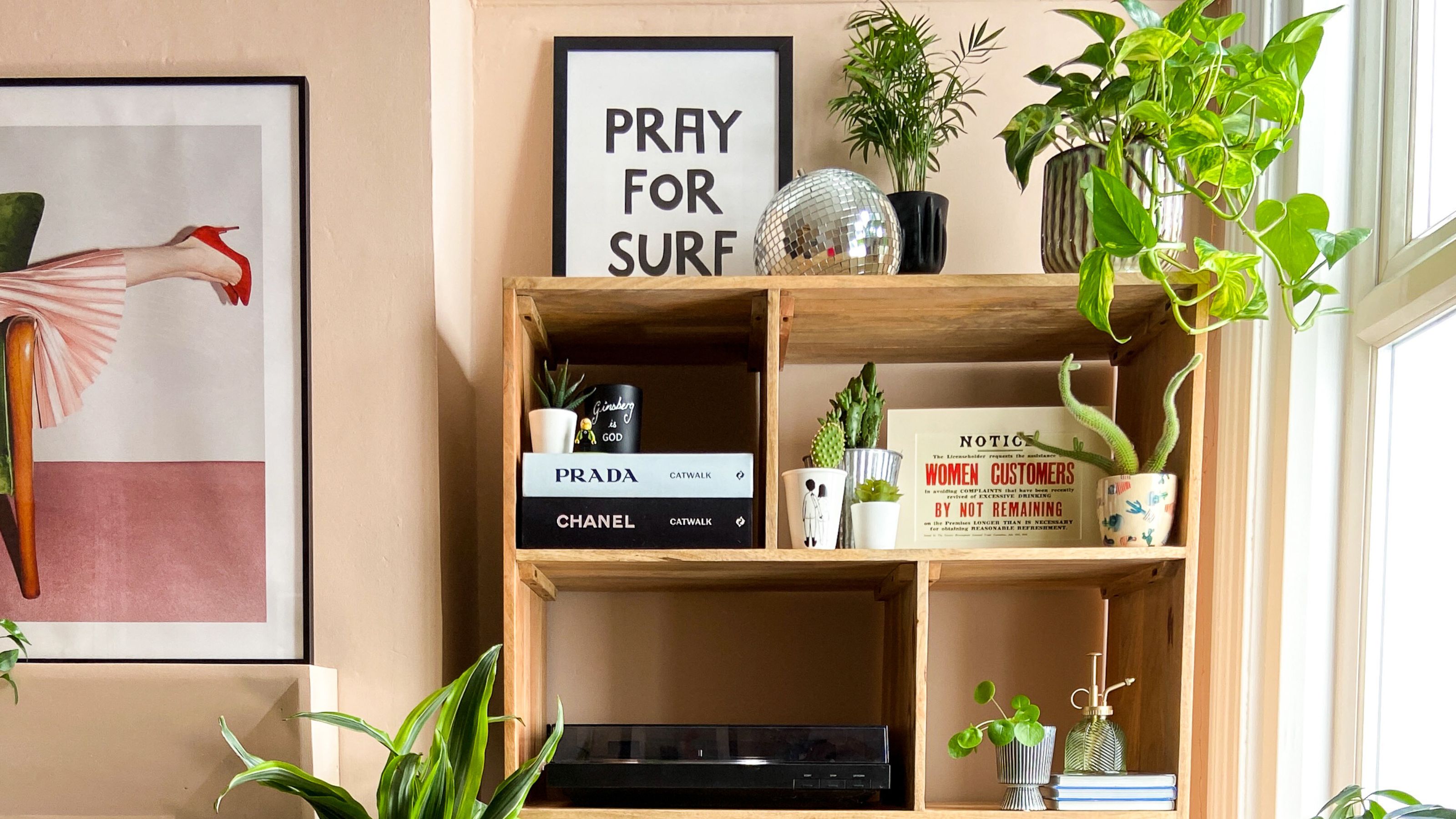 What is bookshelf wealth? Everything you need to know about the cozy design trend
What is bookshelf wealth? Everything you need to know about the cozy design trendWondering what bookshelf wealth is? We've chatted with interior designers to find out what bookshelf wealth is and how to style it in your home
By Eve Smallman
-
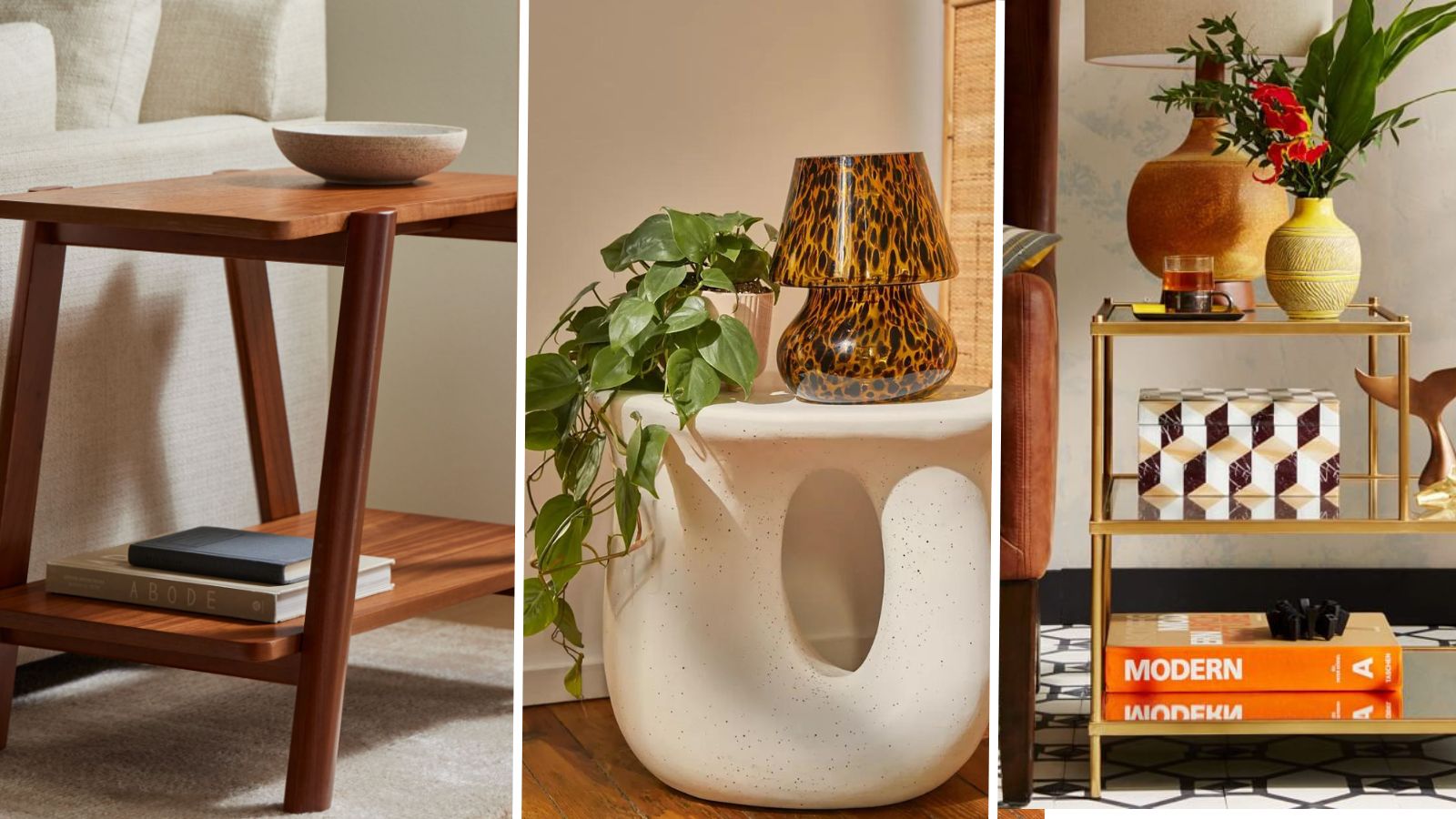 How to style small living room end tables — enjoy chic zoning with 8 expert tips
How to style small living room end tables — enjoy chic zoning with 8 expert tips8 expert-approved tips for how to style small living room end tables
By Jessie Quinn
-
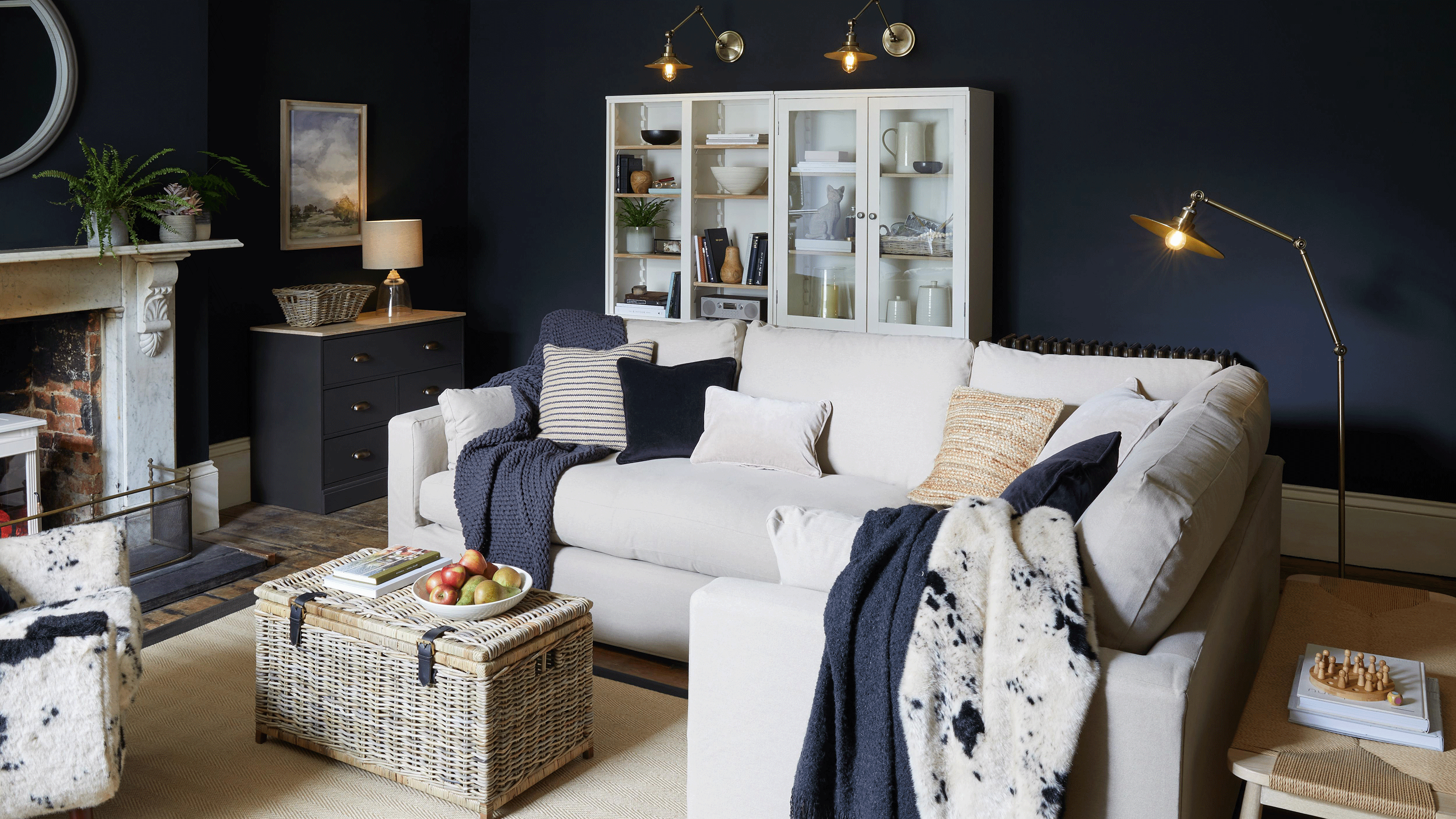 14 best ways to arrange living room furniture — from the experts
14 best ways to arrange living room furniture — from the expertsHow you arrange living room furniture will make or break the space you have. Learn the right way to organize your reception
By Christina Chrysostomou
-
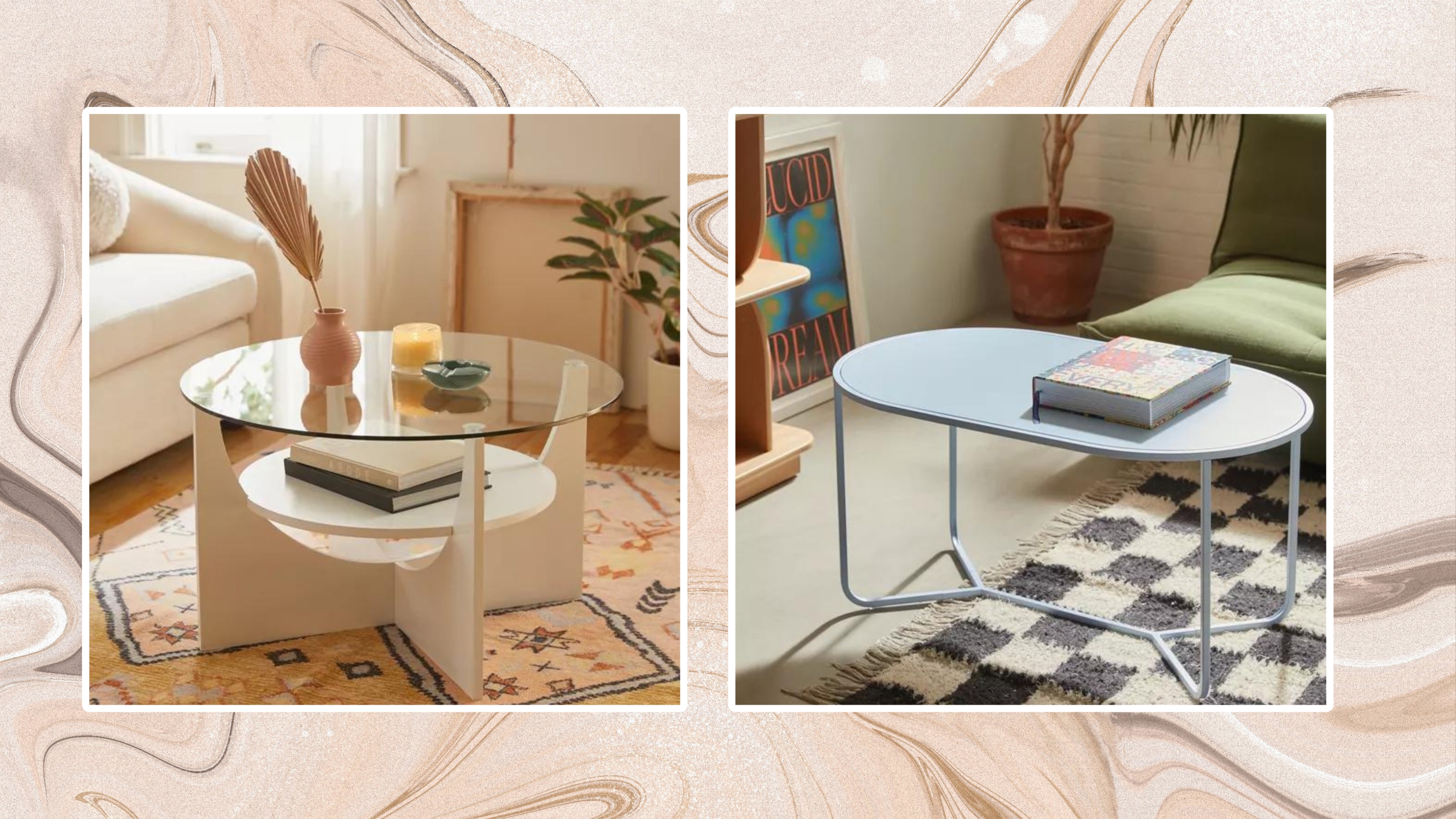 Out of the 22 coffee tables at Urban Outfitters, these are the 9 I'd pop my iced latte on
Out of the 22 coffee tables at Urban Outfitters, these are the 9 I'd pop my iced latte onFrom round to oblong styles made from glass, metal, concrete, and wood, these Urban Outfitters coffee tables deliver on style, form, and functionality.
By Christina Chrysostomou
-
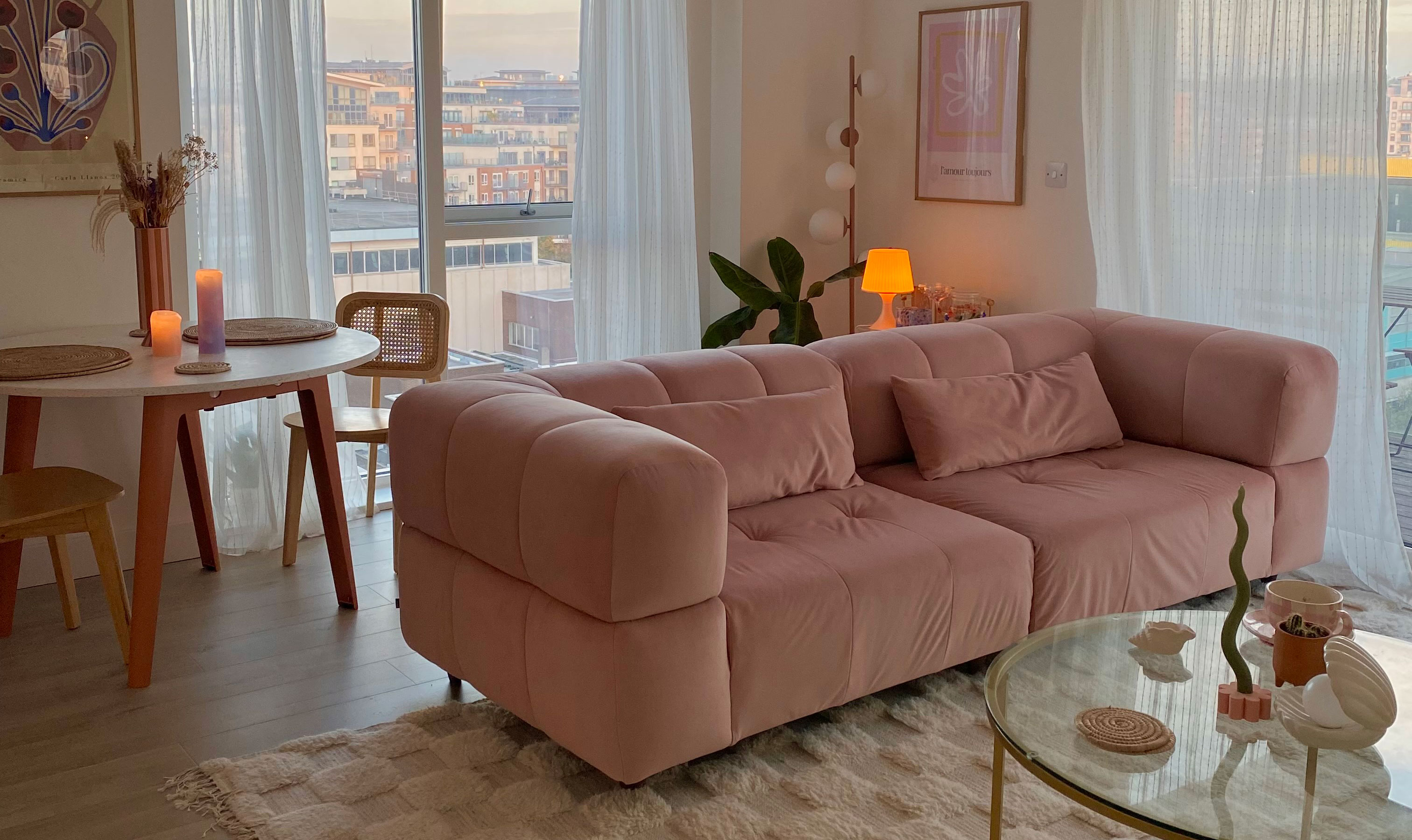 7 living room design trends for 2024 to use right now
7 living room design trends for 2024 to use right now2024 small living room design trends will be all about sparking conversations and cozy vibes. We speak to design experts to find out what these are.
By Camille Dubuis-Welch
-
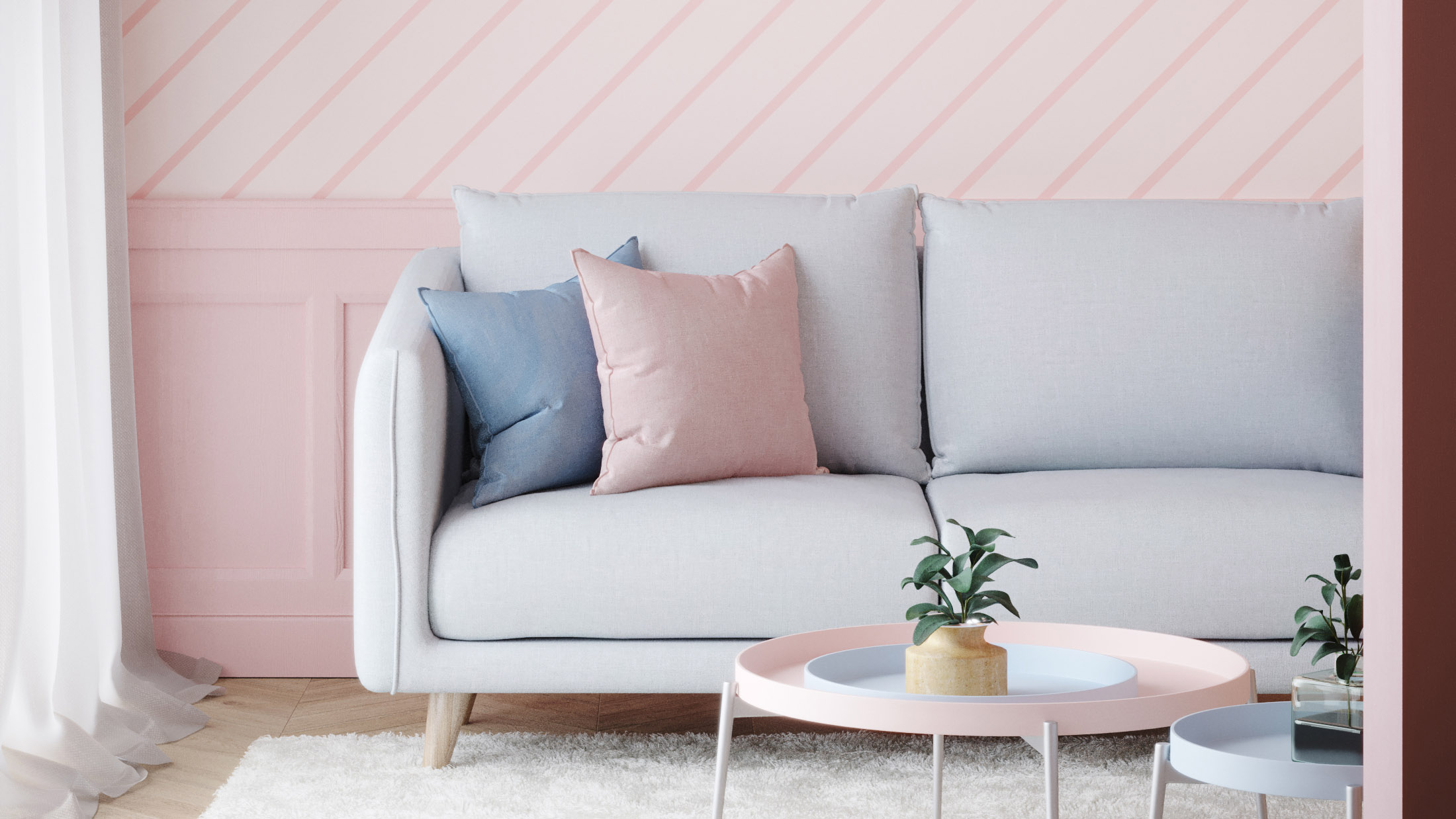 Pink room decor ideas: 28 ways to use this sweet shade
Pink room decor ideas: 28 ways to use this sweet shadePink room decor is always a winning option – use these fail-safe design ideas for a grown-up take on this popular color
By Hebe Hatton
-
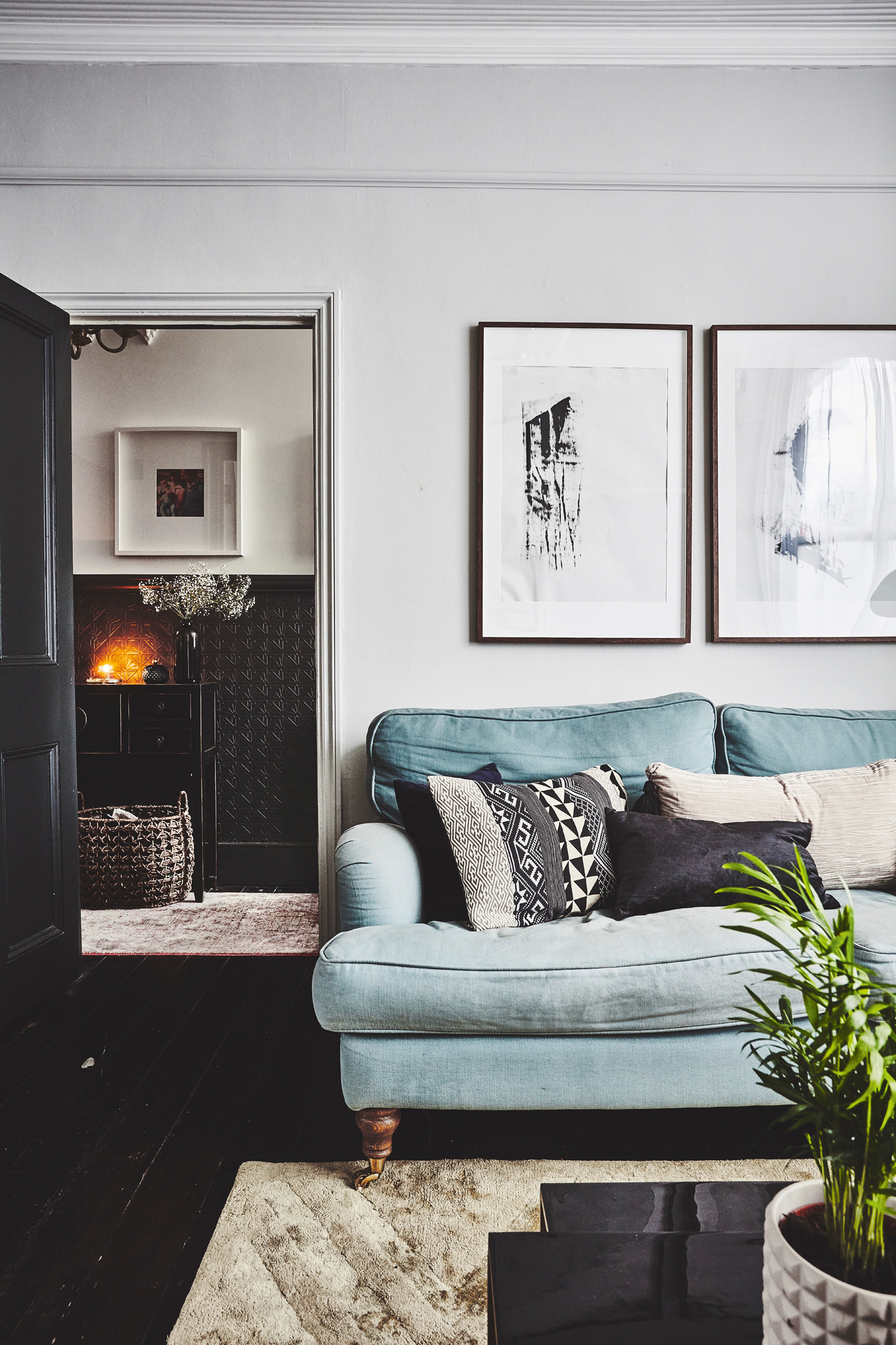 Sofa fabrics: 12 tips for choosing the best upholstery for your furniture
Sofa fabrics: 12 tips for choosing the best upholstery for your furnitureNot sure which sofa fabric to choose? Follow our expert guide on how to get the style, color and durability right
By Anna Cottrell
-
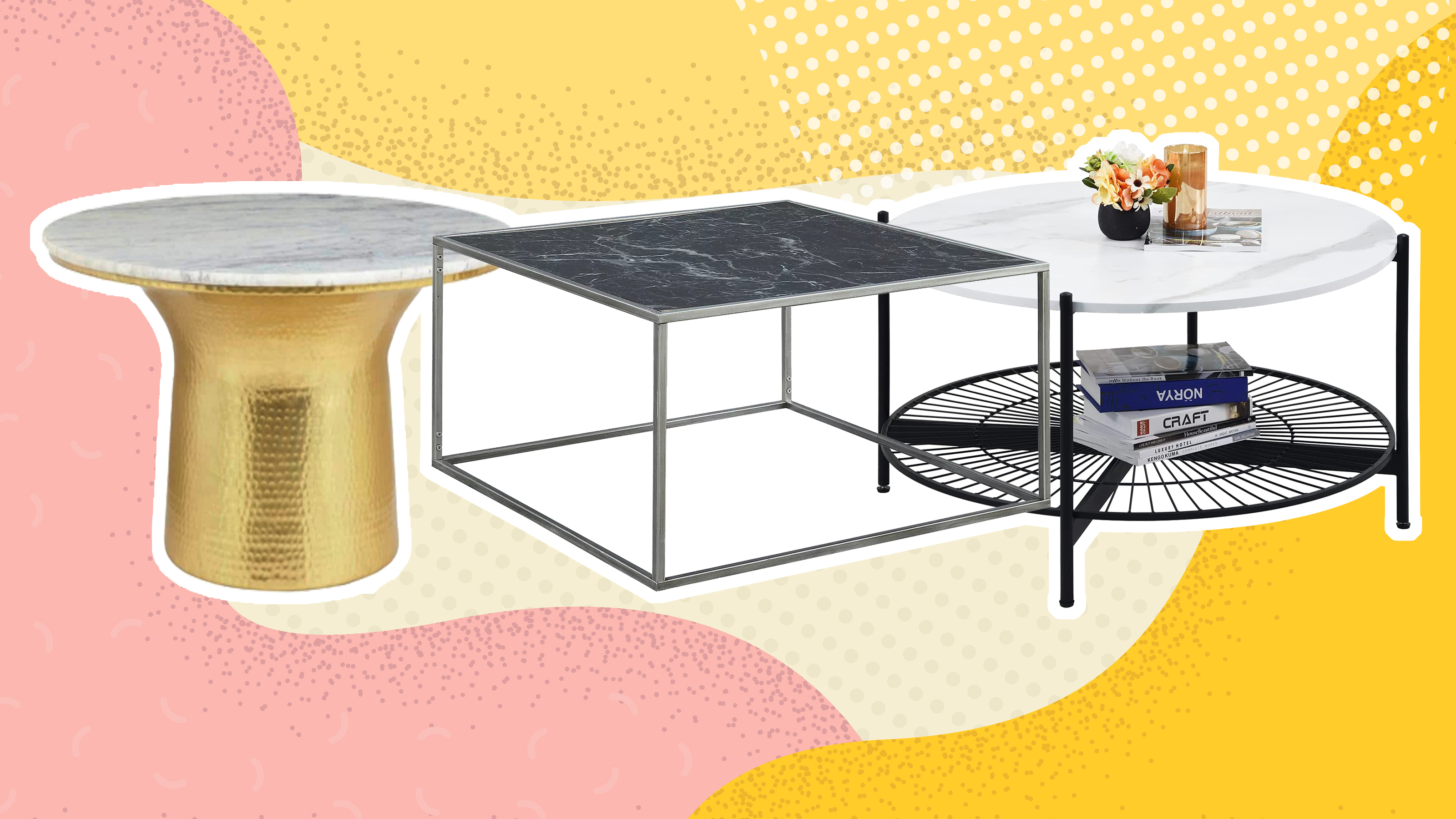 Marble coffee tables
Marble coffee tablesBrowse these marble coffee tables to add grandeur and luxe to your living room
By Annie Collyer